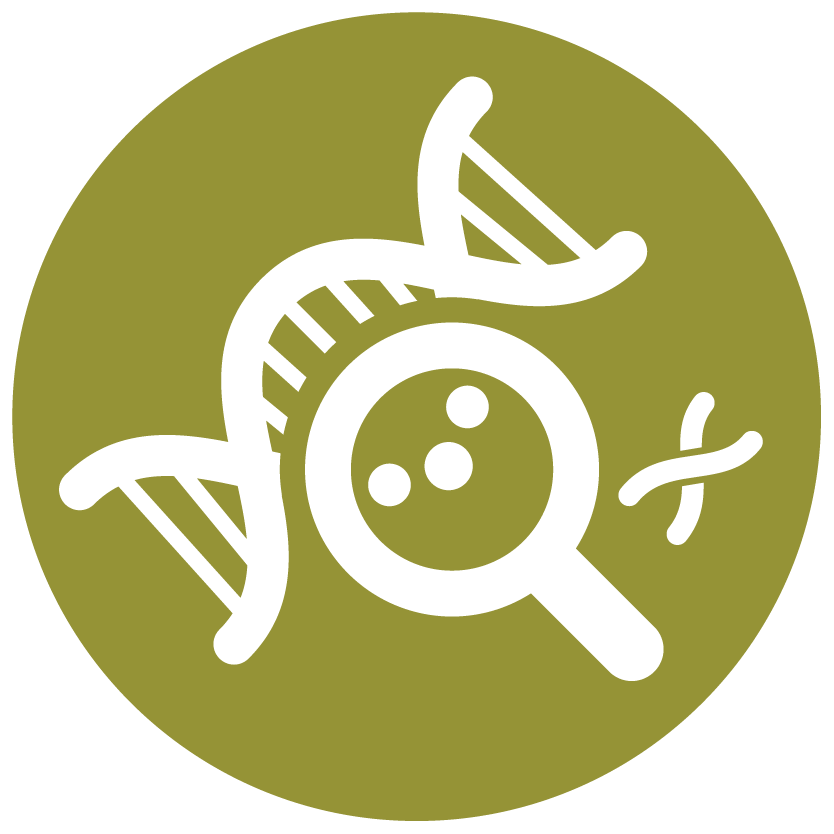Discovery and Basic Research
Rapid Fires: Out-of-the-Box Approaches for Innovation
Selenium-Functionalized Synthetic Glycosaminoglycans to Treat Resistance and Metastasis in Solid Tumors
Monday, November 10, 2025
3:15 PM - 3:30 PM CT
Location: 303 AB
.jpg)
Prince AB Minkah, PharmD (he/him/his)
Graduate Research Assistant
University of Utah, College of Pharmacy
Salt Lake City, Utah
Rapid Fire Speaker(s)
Cancer therapy remains limited by drug resistance, toxicity, and relapse—but what if we could redesign treatment from the molecule up? This session explores an innovative redox-based drug delivery platform that transforms methylselenocysteine (MSC), a promising but dose-limited compound, into a targeted and safer therapeutic. Attendees will discover how hyaluronic acid enables CD44-mediated delivery, achieving potent anticancer activity at significantly lower doses. Through real data and clear mechanisms, we’ll examine how MSC re-sensitizes resistant tumors while protecting healthy tissue. Participants will gain insights into how targeted redox therapeutics like HAMS can redefine the balance between efficacy and safety. Join us to see how chemistry, biology, and innovation intersect to advance the next generation of cancer therapy.
Learning Objectives:
- Understanding and overcoming the challenges in cancer therapy
- To demonstrate how methylselenocysteine (MSC) restores therapy sensitivity and reduces toxicity.
- To demonstrate how hyaluronic acid enables CD44-targeted and safer delivery of MSC
- To recognize HAMS as a safer and more effective therapy for resistant solid tumors


